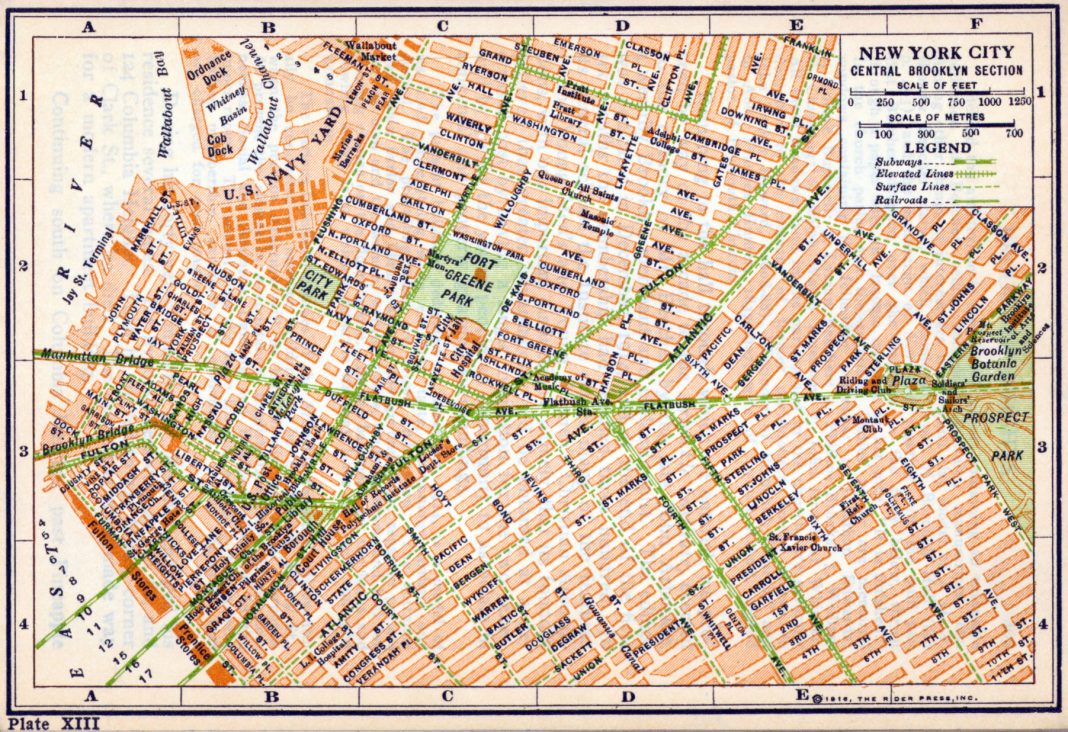It is a dimension as vast as space and as timeless as infinity. It is the middle ground between light and shadow, between science and superstition, and it lies between the pit of man’s fears and the summit of his knowledge. This is the dimension of imagination. It is an area which we call New York City (with apologies to Rod Serling).
It isn’t immediately clear if a street grid analysis similar to the following is applicable to Louisville; in terms of cities, the Big Apple probably is America’s sui generis. However, there is much to consider about the way our ancestors created their spaces, and our contemporary adaptations — both good and bad.
The surprising influence of Manhattan’s street grid on New York restaurant reviews, by Christopher Ingraham (Washington Post)
The findings are a striking reminder of how seemingly arbitrary decisions made centuries ago still affect us today
Here’s an odd spatial quirk of the New York dining scene with implications for wherever you eat: restaurants located on the city’s streets get better Yelp ratings than those located on avenues, according to a clever analysis by Alex Bell, a New York City resident and engineer.
A bit of context: Manhattan’s streets typically run east to west. They’re shorter, narrower and less trafficked than the island’s avenues, which run north to south and tend to be major thoroughfares, both vehicle and pedestrian.
Those differences are immediately apparent when looking at the city’s official road classifications: Avenues tend to be listed as major arteries, while streets are considered collector and local roads …





















